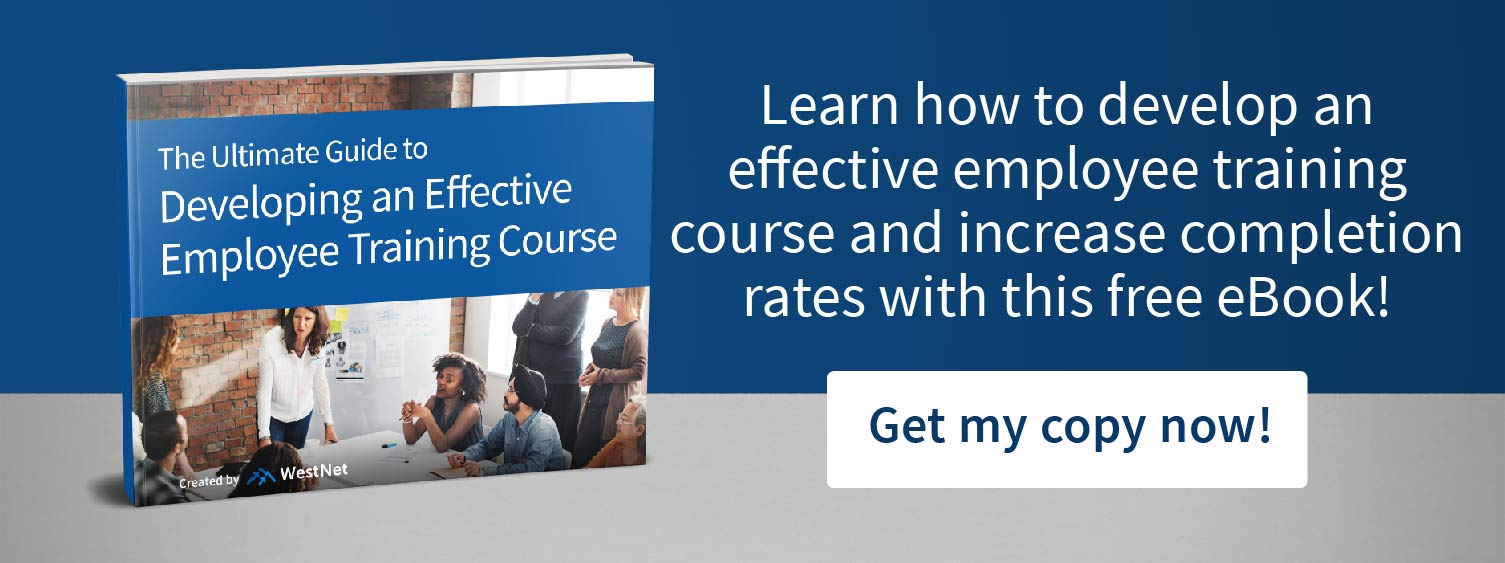Employment in the energy sector is consistently growing. In addition, a large segment of the utility workforce will reach retirement age within the next decade. If you have an influx of new employees, one way to ensure everyone is on the same page is with your organization’s conduct of operations.
What Is a Conduct of Operations?
Sometimes referred to as an “operational discipline” or “formality of operations,” the conduct of operations is simply how your business executes tasks in a structured, deliberate, and streamlined manner with an emphasis on decreasing operational risks, increasing integrity and bolstering the bottom line.
Conduct of operations is closely tied to an organization’s culture. As it formalizes a company’s consistent pursuit of excellence in every task performed, it should be held to a similar level of importance as a business’s mission and vision statements. Likewise, its creation should be given ample consideration.
Workers at all levels should be held to the expectations outlined in the conduct of operations. They should be alert, careful, knowledgeable, and have a sense of pride, ownership, and accountability. Putting a system in place to ensure that your workforce is consistently and completely aware of your company’s operational discipline could improve safety, efficiency, and outcomes throughout your organization.
Why Create a Conduct of Operations?
Gaining a comprehensive understanding of why the conduct of operations is beneficial to your business is significant to both development and implementation. When everyone involved in the process recognizes the advantages, it will become a more positive and cohesive undertaking.
The benefits of a conduct of operations include the following:
- Improved risk management. The Center for Chemical Process Safety considers the development and management of high standards in the conduct of operations as essential to risk management. Ensuring a performance level that is reliably high in all areas of the workforce is vital to the success of any safety program. Conversely, an inadequate level of execution can have a dangerously unfavorable effect.
- Consistent, reliable outcomes. Creating and presenting formal documentation of your conduct of operations helps ensure consistency and reliability across the board. In addition, as business size, operations, or complexity of tasks increases, having clear and concise documentation is even more critical.
- Reduction in safety incidents. A well thought out conduct of operations can act as a safeguard, confirming that management systems could diminish and even anticipate human error or potential underlying conditions that might otherwise result in damages or injuries. Both management and employees can learn from past mistakes and accidents, as well.
What to Include in a Conduct of Operations Policy
When outlining your conduct of operations, bear in mind that it applies to employees at every level. Consider every job, from entry-level to upper management and even contract employees. It can be highly advantageous to involve your organization’s Human Resource department since they are the frontline of hiring, onboarding, and performance within your company.
The documentation should outline clear roles and responsibilities for all tasks and all positions. Materials, equipment, and resources required to accomplish essential duties should be recorded, as well. Focus on balancing priorities and seeing that duties match skills and knowledge. Set goals for continuous improvement. Along with specific tasks, include details regarding equipment used as well as training procedures.
Safety standards and requirements should be identified and incorporated into the document. Along with this, controls for identified hazards should be explained.
Common Obstacles Encountered When Developing a Conduct of Operations
When developing a conduct of operations, some hindrances will likely arise. Planning and preparing for potential barriers and hurdles could help the process flow more smoothly and quickly.
Sustainability is key. The best-laid plans might go awry if practices and procedures put future resources at risk. Consider potential economic, environmental, and even social outcomes, particularly how they could affect the safety, welfare and work environment of employees.
Garnering input from various departments is elemental, but it could delay progress, as well. Brainstorm ways to gather feedback and ideas while only minimally interrupting workflow. For instance, ask each department to nominate a spokesperson who can participate on behalf of his or her colleagues.
Be sure to account for cultural, generational, and other differences within your workforce. While this is especially significant if you work in a global or multinational organization, even smaller businesses with a single place of business should consider this possibility when deciding how to collect and deliver your conduct of operations.
Not only might you face language and culture issues, but training and management styles can vary from one region to the next. In addition, generational differences could cause a snag. For instance, younger workers might prefer online training resources while some older employees could struggle with this approach. Knowing your workforce and offering alternative methods and options when possible could prevent this factor from hindering your progress.
Choosing the Best Method for Communicating Information
Your conduct of operations policy should always be readily available to every member of your staff. Consider a delivery method with formats for all types of learners that is also simple to use for onboarding new hires as well as bringing all staff up to date. A platform that is easy to update as necessary will streamline the process now and in the future.
WestNet Learning is an all-in-one LMS solution that provides tools and features you can use in the development and delivery of your conduct of operations. Expert support is available that will enable you to develop documentation that is readily available to and easily accessible by your entire workforce.
If you would like to learn more about how to engage and train your employees with efficiency so that you may increase your training course completion rates, feel free to reach out and
If you would like to find out more about how to reach your goal of creating a robust conduct of operations document that will increase efficiency and increase integrity within your workforce and outcomes, feel free to reach out and schedule a 1-on-1 strategy session today.


